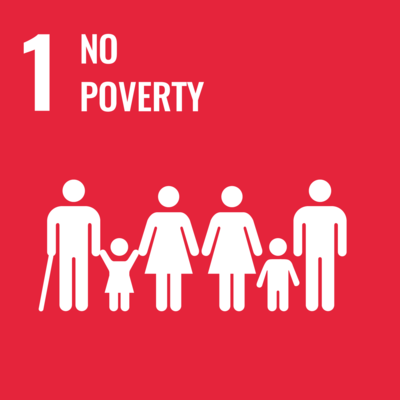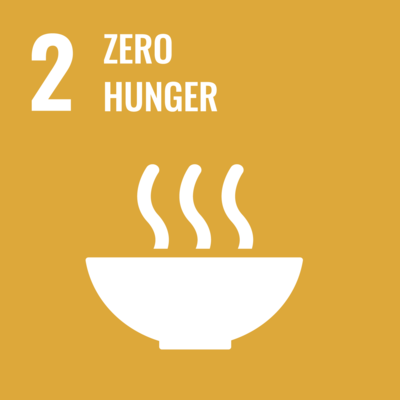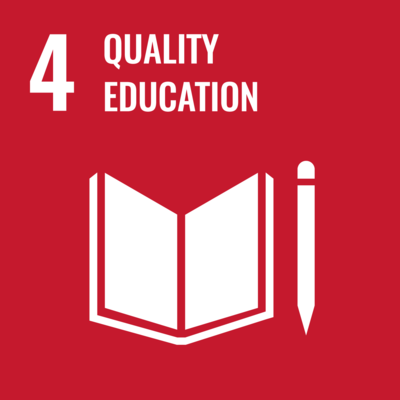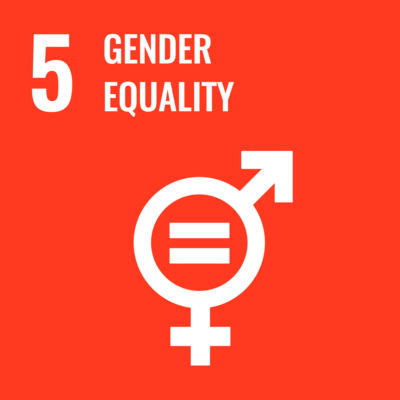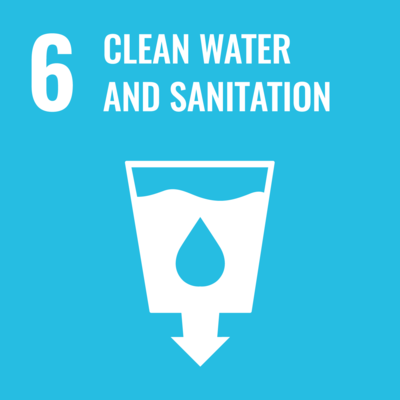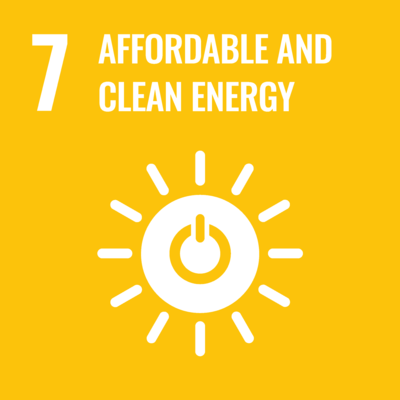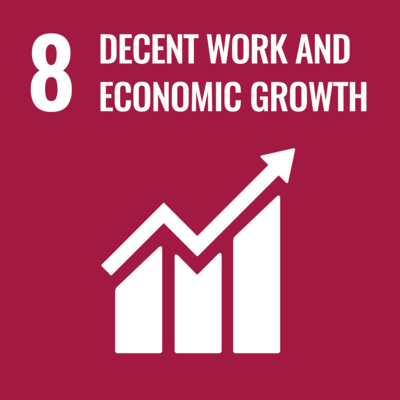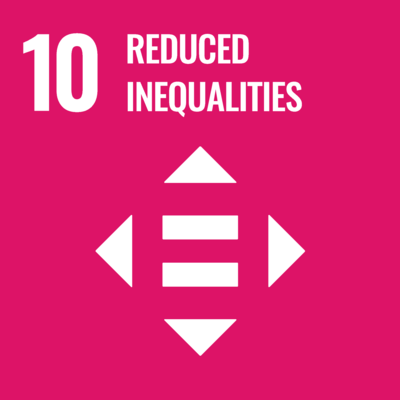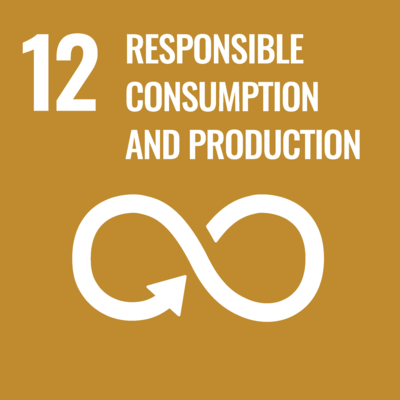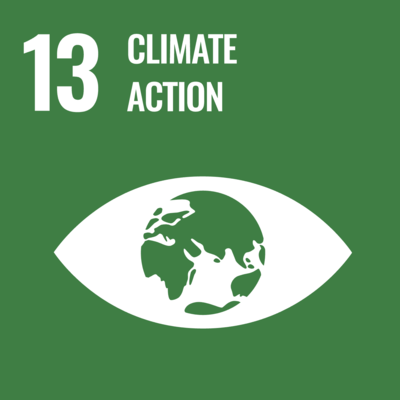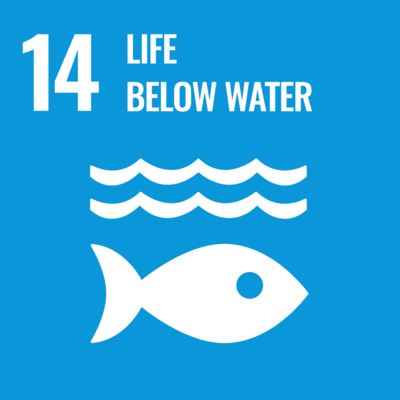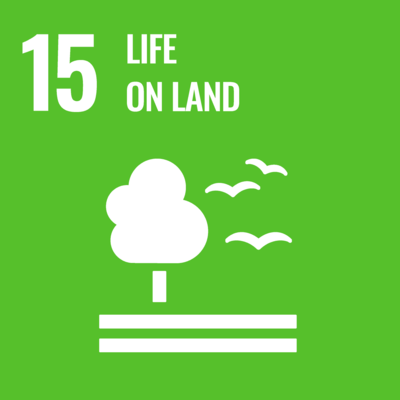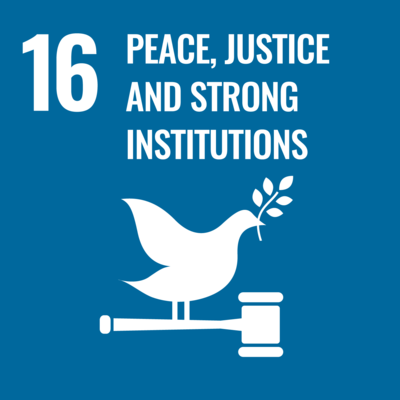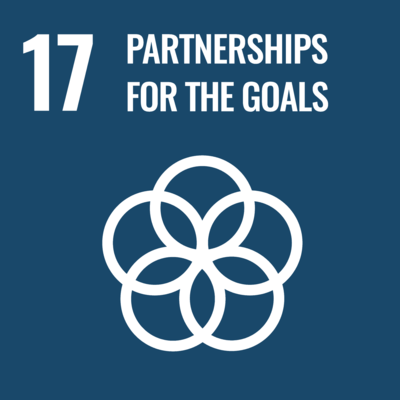SDG 5.6.7 Track women’s graduation rate.
The School Affairs Research Center regularly tracks the graduation rate of students. To determine the number of students who may graduate, the School Affairs Research Center refers to the calculation method of the Ministry of Education, Predictive Analysis Report on the Number of College Students and Graduates (2017-2032 Academic Year). We set the minimum number of years to graduate based on the study status of normal students of different levels; the small number of early graduations is not considered. According to different student levels, the total number of students in each level (including trainees) above the ‘minimum graduation period’ is defined as the ‘number of students likely to graduate’. In a four-year bachelor’s programme, for example, since the ‘minimum graduation period’ is level 4, the ‘number of students who may graduate’ is the sum of the number of students above level 4 and the number of postgraduates. We divide the actual number of graduates by the number of possible graduates to obtain the graduation rate of our students. In 2022–2023, the graduation rate of women in the bachelor’s programme and Doctoral program. was higher than that of men. After the master’s programme, the graduation rate of women began to be lower than that of men, as shown in Table 1.
Table 1: Tracking of the graduation rate of female students at our university for the 2022-2023 academic year
|
Educational system |
Number of enrolled students (2022-2023) |
Number of graduates (2022-2023) |
Graduation rate |
||||||
|
Projected number of graduates |
male |
female |
Total number of individuals |
male |
female |
total |
male |
female |
|
|
Bachelor's program |
1,378 |
769 |
609 |
1,145 |
609 |
536 |
83.09% |
79.19% |
88.01% |
|
Master's program |
1,045 |
497 |
548 |
478 |
241 |
237 |
45.74% |
48.49% |
43.25% |
|
Executive master's program |
900 |
343 |
557 |
345 |
165 |
180 |
38.33% |
48.10% |
32.32% |
|
Doctoral program |
264 |
153 |
111 |
63 |
43 |
20 |
23.86% |
28.10% |
18.02% |
|
Total number |
3,587 |
1762 |
1,825 |
2,031 |
1,058 |
973 |
56.62% |
60.05% |
53.32% |
Many women in the master’s class, master’s in-service special class, and doctoral class are about 30 years old. This is a critical period of life planning. They may be affected by factors such as marriage, pregnancy, childbirth, or raising children under the age of three, which may affect their education and graduation. Article 17 of the school rules stipulates that students may extend their studies to Considering the impact of the COVID-19 pandemic, accommodate their pregnancy, childbirth, or childrearing. After the above reasons are eliminated, the duration of study can be extended for up to two years to reduce the possibility of affecting women’s graduation. Please refer to the following website for the school rules:
https://acadaff.ncue.edu.tw/var/file/2/1002/img/848318346.pdf
The parent law of this law is the Gender Equity Education Act, Article 14-1 of the Ministry of Education. For the English version, please refer to:
https://law.moj.gov.tw/Eng/LawClass/LawAll.aspx?PCode=H0080067
Establishment of policy: 2004
Policy review: 2023

